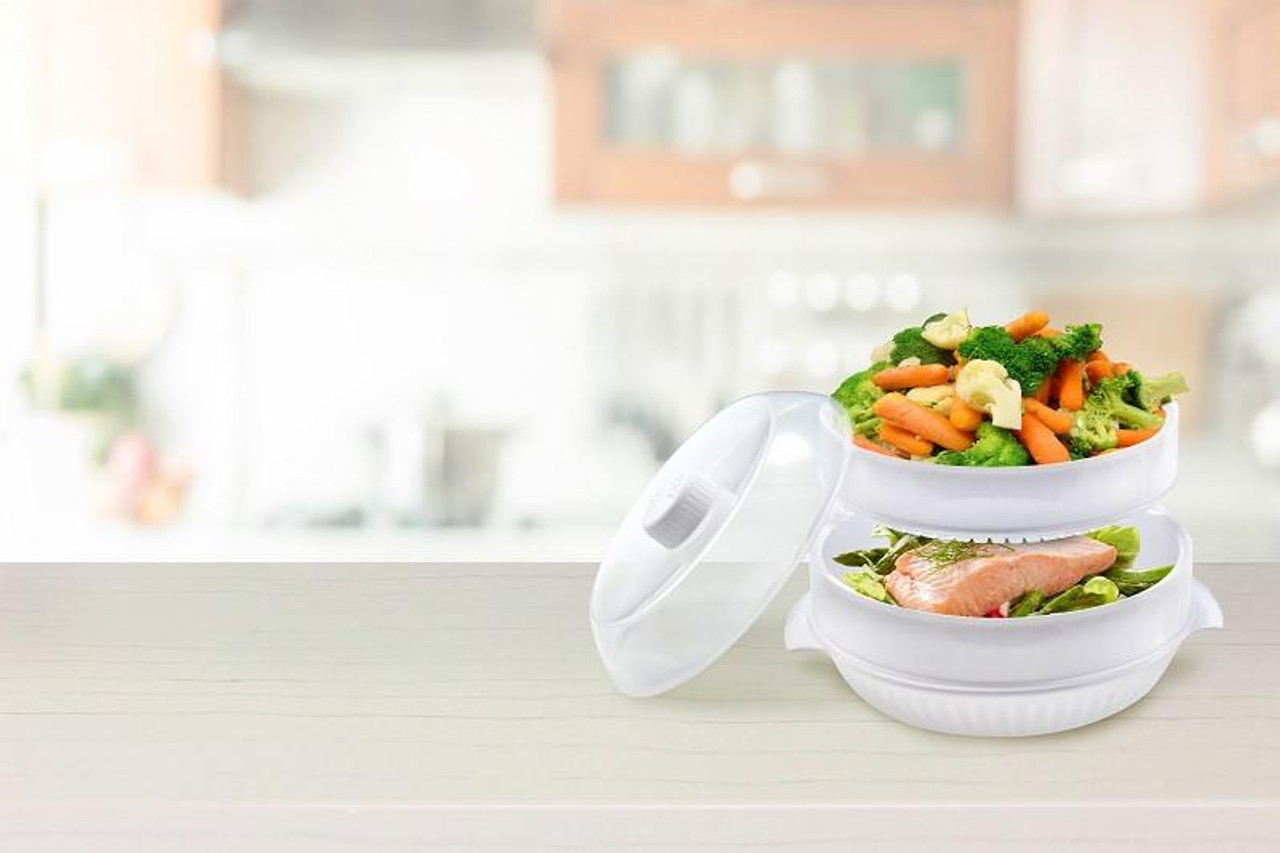

Articles
How To Use Microwave Steamer
Modified: May 6, 2024
Learn how to use a microwave steamer to cook delicious and healthy meals in minutes. Discover tips and tricks in our comprehensive articles on microwave steamer usage.
(Many of the links in this article redirect to a specific reviewed product. Your purchase of these products through affiliate links helps to generate commission for Storables.com, at no extra cost. Learn more)
Introduction
Welcome to the world of microwave steamers! In today’s fast-paced lifestyle, convenience is key when it comes to preparing delicious and healthy meals. Microwave steamers are a versatile kitchen tool that can help you achieve just that. Whether you’re a busy professional, a college student, or a stay-at-home parent, using a microwave steamer can simplify your cooking process while retaining the nutritional value of your food.
In this article, we will explore the benefits of using a microwave steamer, guide you in choosing the right one for your needs, provide instructions on how to use it effectively, offer safety precautions, and share cleaning and maintenance tips. So, let’s dive in and discover the wonders of microwave steaming!
Key Takeaways:
- Microwave steamers offer time-saving, healthier, and versatile cooking options. Choosing the right steamer, preparing, and adjusting cooking time are essential for delicious and nutritious meals.
- Prioritize safety, proper cleaning, and maintenance to ensure a safe and enjoyable cooking experience with your microwave steamer. Embrace the convenience and unleash your culinary creativity!
Read more: How To Cook Rice In A Microwave Steamer
Benefits of Using a Microwave Steamer
Using a microwave steamer offers numerous advantages that can revolutionize your cooking experience. Here are some of the key benefits:
- Time-saving: Microwave steamers are designed to cook your food quickly and efficiently. With the power of microwave technology, you can enjoy steamed meals in a fraction of the time compared to traditional stovetop cooking methods.
- Healthier meals: Steaming is one of the healthiest ways to cook food. It helps retain the natural nutrients and flavors of the ingredients, ensuring that you and your loved ones enjoy wholesome and nutritious meals. Additionally, steaming requires little to no oil, making it an excellent option for those who are watching their fat intake.
- Preserves colors and textures: Unlike other cooking methods that may result in the loss of vibrant colors and textures, steaming helps retain the natural characteristics of the food. Vegetables will retain their bright colors, and meats will remain tender and juicy.
- Versatility: Microwave steamers are incredibly versatile and can be used to cook a wide range of foods, including vegetables, seafood, poultry, grains, and more. You can experiment with different combinations and flavors to create delicious and nutritious meals.
- Easy to use: Microwave steamers are designed with user-friendliness in mind. They typically come with simple instructions and intuitive controls, making them ideal for both novice and experienced cooks.
- Economical: Using a microwave steamer can help you save on energy costs compared to other cooking methods. Since cooking times are reduced, you won’t have to keep the microwave running for long periods.
With these amazing benefits, it’s no wonder that microwave steamers have become a popular choice for home cooks everywhere. The next step is to choose the right microwave steamer that suits your needs, which we will explore in the next section.
Choosing the Right Microwave Steamer
When it comes to choosing a microwave steamer, there are a few factors to consider. Here are some key points to keep in mind:
- Size and Capacity: Consider the size of your microwave and the amount of food you typically cook. Ensure that the steamer you choose will fit comfortably and allow enough space for steam circulation. Additionally, check the capacity of the steamer to ensure it can accommodate the portion sizes you require.
- Material: Microwave steamers are available in various materials such as plastic, glass, and silicone. Plastic steamers are lightweight and less likely to break, while glass steamers are more durable and can withstand high temperatures. Silicone steamers offer flexibility and are collapsible for easy storage. Choose a material that suits your needs and preferences.
- Ventilation and Lid Design: Look for a steamer with a well-designed lid that allows for proper ventilation. This will help prevent excessive pressure buildup and ensure even cooking. Some steamers have adjustable vents to control the steam release, giving you more control over the cooking process.
- Handles and Accessories: Consider if the steamer comes with handles or removable racks that make it easy to lift and transport your food. Some steamers also include accessories like rice bowls, egg holders, or dividers, which can add versatility to your cooking options.
- Easy to Clean: Check if the steamer is dishwasher safe or if it can be easily cleaned by hand. Look for steamers with smooth surfaces and removable parts that can be thoroughly cleaned to maintain hygiene and food safety.
- Brand and Customer Reviews: Research different brands and read customer reviews to get an idea of the quality and performance of the microwave steamers available on the market. This will help you make an informed decision and choose a reliable and durable option.
By considering these factors, you can find a microwave steamer that meets your specific needs and enhances your cooking experience. In the next section, we will discuss how to prepare the microwave steamer for use.
Preparing the Microwave Steamer for Use
Before using your microwave steamer, it’s important to properly prepare it to ensure optimal cooking results. Follow these steps to prepare your microwave steamer:
- Read the instructions: Start by reading the manufacturer’s instructions and follow any specific guidelines they provide for preparing the steamer.
- Check for any damages: Inspect the steamer for any cracks, chips, or damages that could affect its performance or safety. If you notice any issues, avoid using the steamer and consider replacing it.
- Wash the steamer: Clean the microwave steamer thoroughly before its first use. Wash it with warm soapy water and rinse it well to remove any dust or manufacturing residues. This step will ensure that your food stays clean and free from any contaminants.
- Assemble the steamer: If your steamer has multiple parts, assemble them according to the manufacturer’s instructions. Make sure all components fit securely and are properly aligned.
- Test the steamer: Before adding food, perform a quick test run with the empty steamer to ensure it operates correctly. Heat it in the microwave for a short period of time to see if there are any issues or unusual smells.
- Season the steamer (if necessary): Some steamers may require seasoning before their first use to enhance their durability and performance. Follow any seasoning instructions provided by the manufacturer.
Once you have prepared your microwave steamer, it is now ready to be used for cooking a variety of delicious meals. In the next section, we will discuss how to add food to the microwave steamer for cooking.
Adding Food to the Microwave Steamer
Now that your microwave steamer is prepared, it’s time to add your food for cooking. Follow these steps to add food to your microwave steamer:
- Prep the food: Wash and prepare the ingredients you will be cooking. Cut vegetables into uniform sizes, trim excess fat from meats, and season your food as desired.
- Add water or liquid: Check the steamer’s instructions for the recommended amount of water or liquid to add for steaming. Typically, you will need a small amount of water at the bottom of the steamer to produce steam. Avoid adding too much liquid, as it may cause the food to become too soggy.
- Place the food in the steamer: Arrange the prepared food in a single layer inside the microwave steamer. This will ensure even cooking and allow the steam to penetrate the ingredients effectively. If you’re cooking different types of food simultaneously, consider placing items with longer cooking times at the bottom and those that cook faster on top.
- Season and flavor: If desired, season and flavor your food directly in the steamer by adding herbs, spices, or sauces. This will infuse your food with delicious flavors during the steaming process.
- Cover the steamer: Place the lid securely on the steamer, ensuring that it is properly aligned. This will help trap the steam inside and create a sealed cooking environment.
Once you have added the food and covered the steamer, it’s time to cook your meal. The next section will provide guidance on adjusting the cooking time and power level for optimal results.
When using a microwave steamer, make sure to add a small amount of water to the bottom of the container to create steam. This will help to cook your food evenly and prevent it from drying out.
Read also: 12 Best Steamer Microwave for 2024
Adjusting Cooking Time and Power Level
When using a microwave steamer, it’s important to adjust the cooking time and power level to ensure that your food is cooked to perfection. Here are some guidelines to help you achieve optimal results:
- Refer to the recipe or food guidelines: If you’re following a specific recipe, check if it provides cooking instructions for using a microwave steamer. Follow those instructions for the recommended cooking time and power level. Alternatively, refer to general guidelines for steaming different types of food, such as vegetables, seafood, or grains.
- Start with lower time and power settings: If you’re unsure about the cooking time or using a new steamer, it’s best to start with lower settings and then check for doneness. You can always add more time if needed, but overcooking can result in a loss of texture and flavor.
- Consider the thickness and size of the food: Thicker or larger pieces of food will require longer cooking times compared to smaller or thinner ones. Take this into account when determining the cooking time.
- Stir or reposition food if necessary: For even cooking, you may need to stir or reposition the food halfway through the cooking process. This will help ensure that all parts of the food are exposed to the steam and cooked evenly.
- Monitor the cooking process: Keep an eye on your food as it cooks to prevent overcooking or undercooking. Use the window or opening on the steamer lid to check the progress without fully removing it.
- Make adjustments as needed: If the food is not cooked to your liking after the initial cooking time, you can add more time in small increments. Likewise, if the food is cooked too quickly or becomes overly hot, reduce the cooking time or power level for the next batch.
Remember that cooking times may vary based on the wattage of your microwave and the specific type of food you are steaming. It may take some trial and error to find the perfect cooking time and power level for your preferences. In the next section, we will discuss how to check for doneness to ensure your food is thoroughly cooked.
Checking for Doneness
Checking for doneness is an essential step when using a microwave steamer to ensure that your food is thoroughly cooked. Here are some tips to help you determine if your food is done:
- Visual inspection: Look at the color, texture, and overall appearance of the food. Vegetables should be vibrant and tender, meats should be cooked to the desired level of doneness, and grains should be fluffy and fully cooked.
- Texture and tenderness: Gently poke or prod the food with a fork or knife to check for tenderness. Vegetables should be easily pierced, meats should be juicy and tender, and grains should be soft and not too chewy.
- Internal temperature: Use a food thermometer to measure the internal temperature of meats to ensure they have reached the appropriate safe temperature. This is especially important for poultry and large cuts of meat.
- Taste test: Take a small portion of the food and taste it to ensure it is fully cooked and seasoned to your liking. Adjust the seasoning if needed and continue cooking for a little longer if the taste or texture is not satisfactory.
- Follow recipe guidelines: If you’re following a specific steaming recipe, refer to the cooking instructions and guidelines provided. They may specify the desired appearance, texture, or internal temperature for doneness.
Remember that different foods have different doneness indicators, so it’s important to familiarize yourself with the characteristics and typical cooking times for each type of food you’re steaming. With practice, you’ll develop a sense of when your food is perfectly cooked. In the next section, we will discuss important safety precautions to keep in mind while using a microwave steamer.
Safety Precautions
While using a microwave steamer is generally safe and convenient, it’s essential to follow certain safety precautions to ensure your well-being and prevent accidents. Here are some important safety tips to keep in mind:
- Read the user manual: Familiarize yourself with the instructions provided by the manufacturer. This will help you understand the specific safety guidelines and operating procedures for your microwave steamer.
- Use microwave-safe materials: Ensure that your microwave steamer is made of microwave-safe materials such as BPA-free plastic, glass, or silicone. Avoid using containers or materials that are not explicitly labeled as microwave-safe, as they may release harmful chemicals or melt under high heat.
- Use oven mitts or towels: When handling the microwave steamer, use oven mitts or towels to protect your hands from the hot surfaces. Steam can cause burns, so take caution when removing lids or opening the steamer to avoid direct contact with the steam.
- Avoid overfilling: Do not overfill the microwave steamer with food or liquid, as this may cause spillage or interference with the steaming process. Follow the recommended guidelines for maximum capacity provided by the manufacturer.
- Allow steam to vent: If your microwave steamer has adjustable vents, ensure they are open to allow steam to escape during the cooking process. This will prevent excessive pressure buildup and potential accidents.
- Pay attention to heating instructions: If you’re reheating previously cooked food in the microwave steamer, follow the appropriate heating instructions. Ensure that the food reaches a safe internal temperature to prevent the growth of bacteria.
- Keep children and pets away: When using the microwave steamer, keep children and pets at a safe distance to avoid accidental burns or spills. Make sure they are aware of the potential hazards associated with hot steam and microwave use.
- Regularly inspect the steamer: Check the microwave steamer for any signs of damage, such as cracks, chips, or melting. If you notice any issues, discontinue use and replace the steamer to avoid potential accidents.
- Follow microwave safety guidelines: In addition to following the specific safety precautions for your microwave steamer, remember to adhere to general microwave safety guidelines. This includes using microwave-safe cookware, not using metal objects or aluminum foil in the microwave, and avoiding overheating liquids.
By following these safety precautions, you can ensure a safe and enjoyable cooking experience with your microwave steamer. In the next section, we will discuss cleaning and maintenance tips to keep your steamer in top condition.
Cleaning and Maintenance Tips
Proper cleaning and maintenance of your microwave steamer are vital for its longevity, performance, and hygiene. Here are some tips to help you keep your steamer in top condition:
- Clean after each use: After using the microwave steamer, clean it thoroughly to remove any food residue or spills. Wash it with warm soapy water, or follow the manufacturer’s instructions for cleaning. Pay attention to crevices or hard-to-reach areas that may trap food particles.
- Avoid harsh abrasives: Use non-abrasive sponges or soft brushes to clean the steamer to prevent scratching or damaging the surfaces. Avoid using harsh chemicals or abrasive cleaners that may degrade the steamer’s material or leave residue that can contaminate food.
- Dry thoroughly: After washing, ensure that the microwave steamer is completely dry before storing it. Moisture can promote bacterial growth and cause the steamer to deteriorate over time. Use a clean towel or air-dry the steamer to remove excess moisture.
- Remove odors: If your microwave steamer retains food odors, you can eliminate them by rinsing it with a mixture of water and white vinegar. Allow the solution to sit for a few minutes before rinsing with clean water. Alternatively, you can use a baking soda paste to neutralize odors.
- Check for wear and tear: Regularly inspect the microwave steamer for any signs of wear and tear, such as cracks, discoloration, or loose parts. If you notice any damage, consider replacing the steamer to ensure safe and effective cooking.
- Store properly: When not in use, store the microwave steamer in a clean and dry cabinet or drawer. Ensure that it is not stacked or squeezed tightly with other objects, as this may cause deformation or damage.
- Follow specific maintenance guidelines: Refer to the manufacturer’s instructions for any specific maintenance recommendations for your microwave steamer. Some steamers may require periodic seasoning or specific care instructions to maintain their performance and durability.
By following these cleaning and maintenance tips, you can extend the lifespan of your microwave steamer and ensure that it remains safe and hygienic for future use. Now that you have learned about the benefits, usage, safety, and maintenance of a microwave steamer, you’re ready to embark on a culinary adventure. Enjoy the convenience and nutritious meals that this kitchen tool has to offer!
Remember, always prioritize safety and follow the guidelines provided by the manufacturer for the specific microwave steamer you are using.
If you have any concerns or questions, consult the user manual or reach out to the manufacturer for additional assistance.
Happy steaming!
Read more: How To Use A Steamer
Conclusion
In conclusion, using a microwave steamer can revolutionize the way you cook, providing you with quick, convenient, and healthy meals. From saving time to preserving nutrients, microwave steamers offer a wide range of benefits for busy individuals and families alike.
When choosing a microwave steamer, consider factors such as size, material, ventilation, and accessories that suit your specific needs. Preparing the steamer for use by thoroughly cleaning it and checking for any damages is essential for safe and effective cooking.
Adding food to the microwave steamer is easy, and with proper seasoning, you can infuse delightful flavors into your dishes. Adjusting the cooking time, power level, and checking for doneness ensures that your food is cooked to perfection.
Remember to follow safety precautions to prevent accidents and protect yourself and others. Regularly cleaning and maintaining your microwave steamer will prolong its lifespan and ensure hygienic cooking experiences.
Now that you have gained knowledge about the benefits, usage, safety, and maintenance of a microwave steamer, it’s time to embrace this versatile kitchen tool and unleash your culinary creativity. Enjoy the convenience and delicious results that microwave steaming has to offer!
Bon appétit!
Now that you're up to speed on using your microwave steamer, why not expand your culinary repertoire? Our article on what you can whip up in your kitchen with a steamer will guide you through mouth-watering steamer recipes that are perfect for any meal. Whether you're looking to impress guests or just enhance your daily meals, discover the versatility of steam cooking and how it can bring out the best in your food. So, don't wait, give those recipes a try and see how simple yet delightful each dish can be!
Frequently Asked Questions about How To Use Microwave Steamer
Was this page helpful?
At Storables.com, we guarantee accurate and reliable information. Our content, validated by Expert Board Contributors, is crafted following stringent Editorial Policies. We're committed to providing you with well-researched, expert-backed insights for all your informational needs.
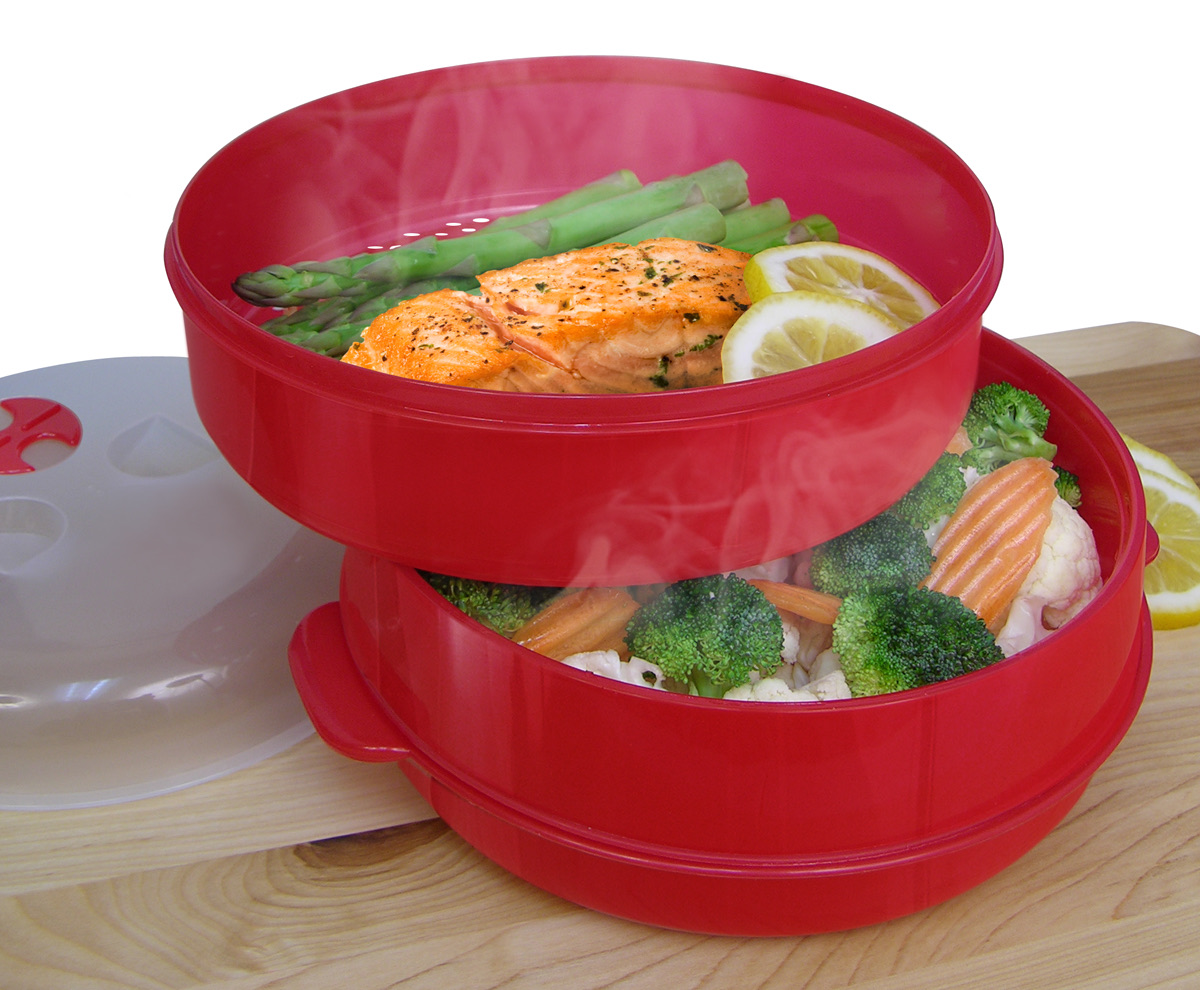

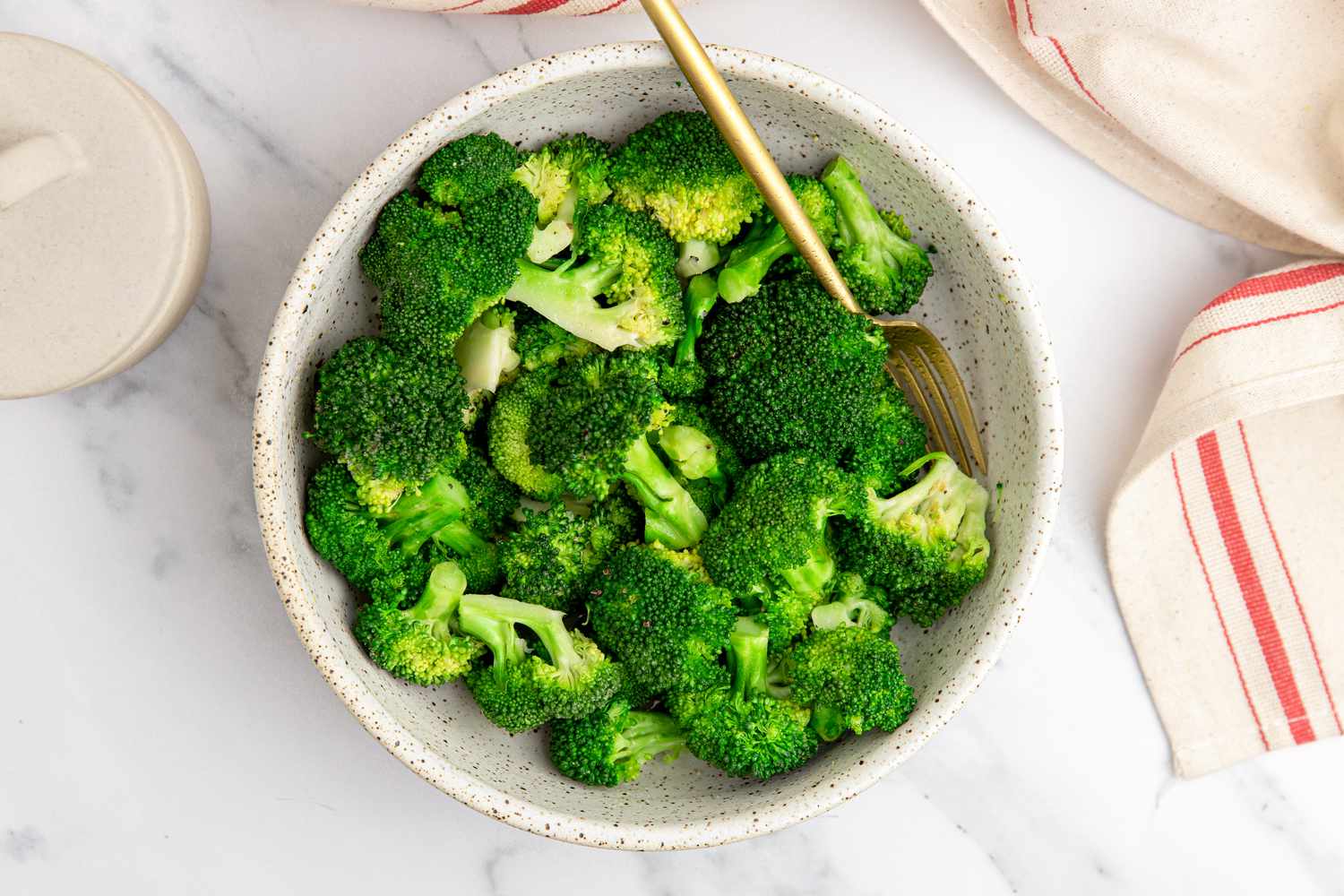
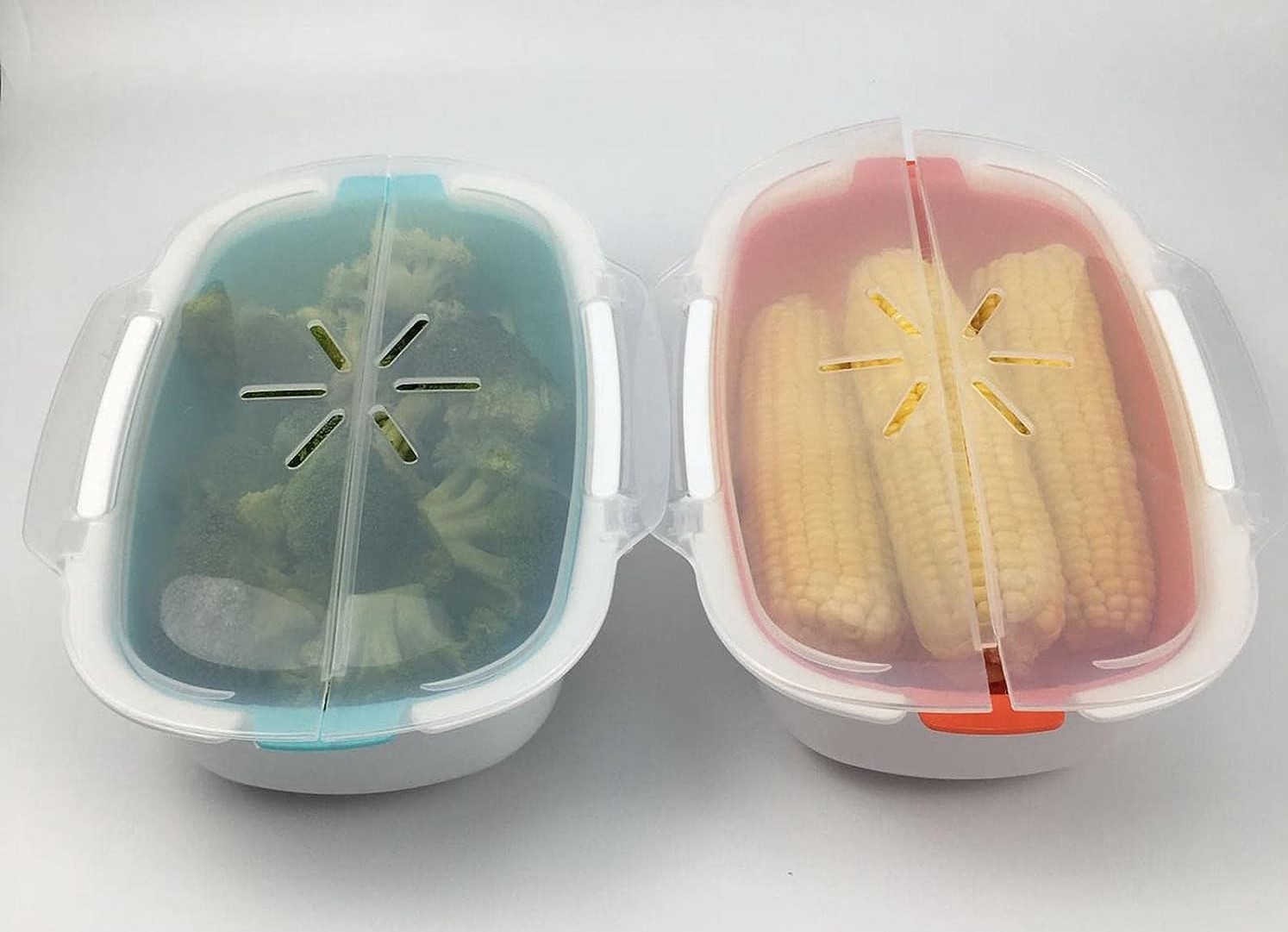
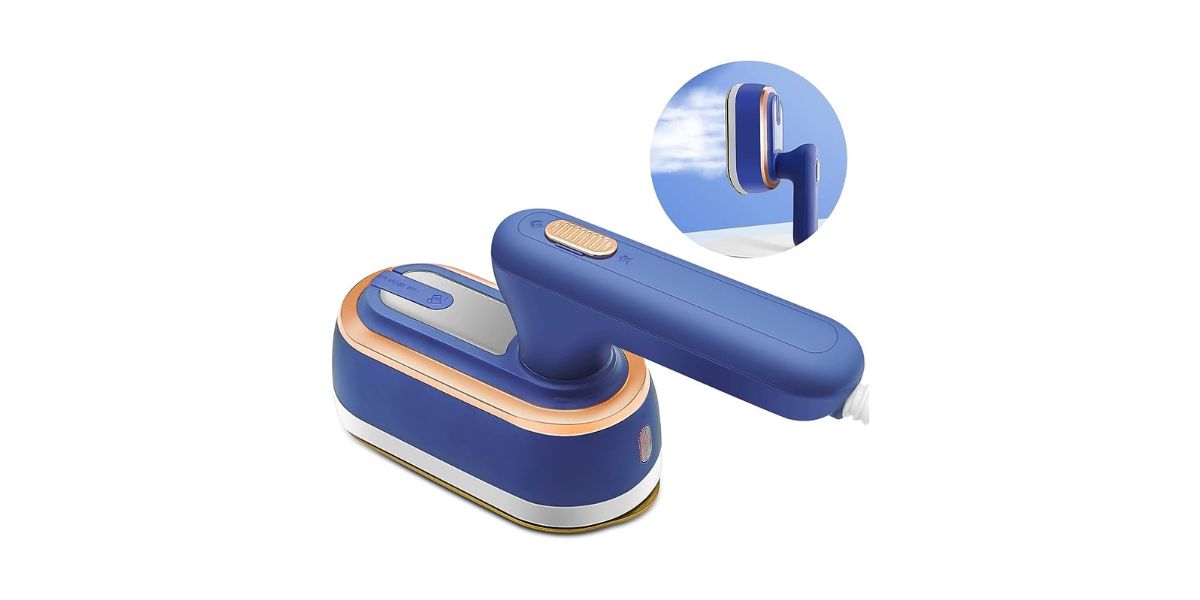
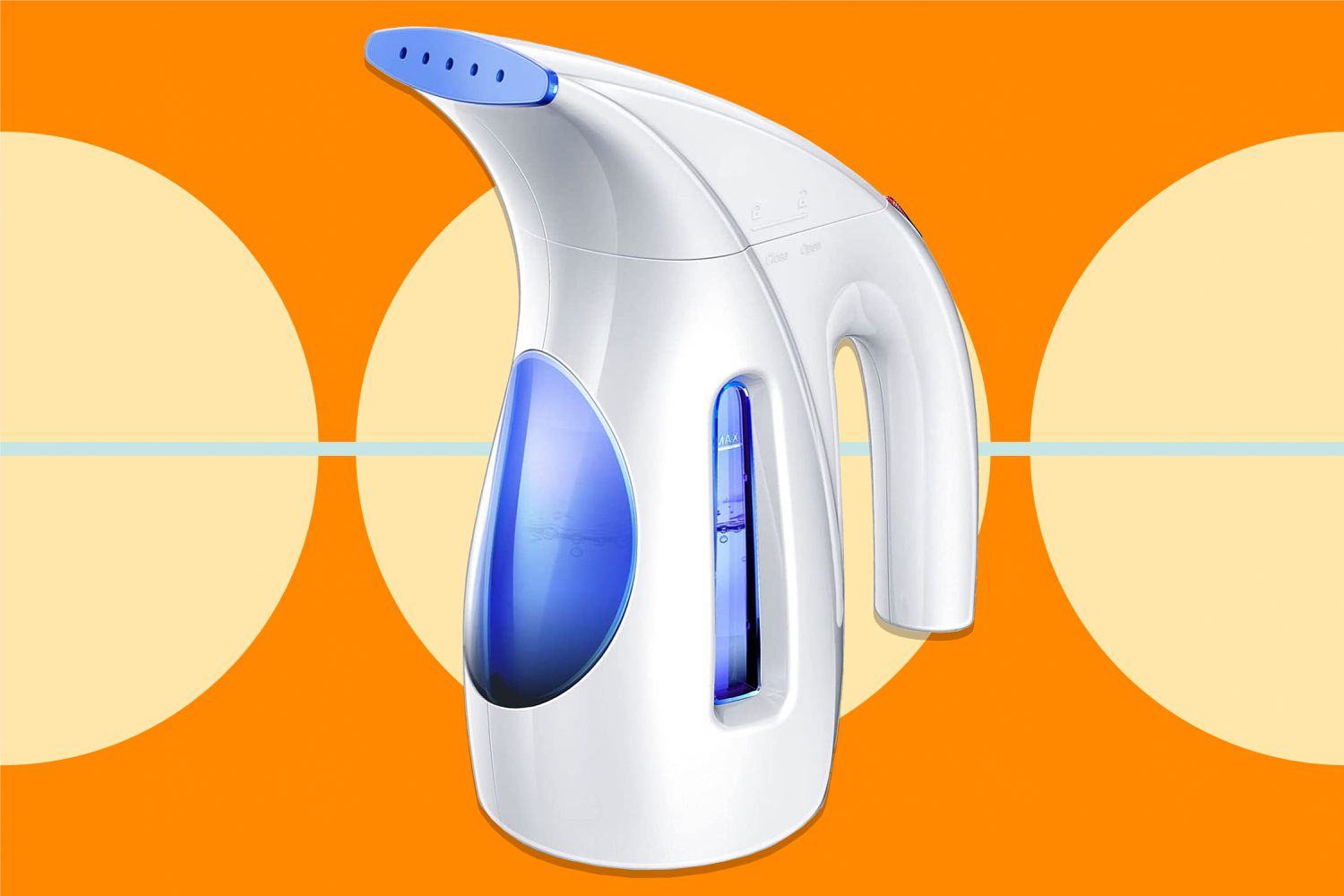
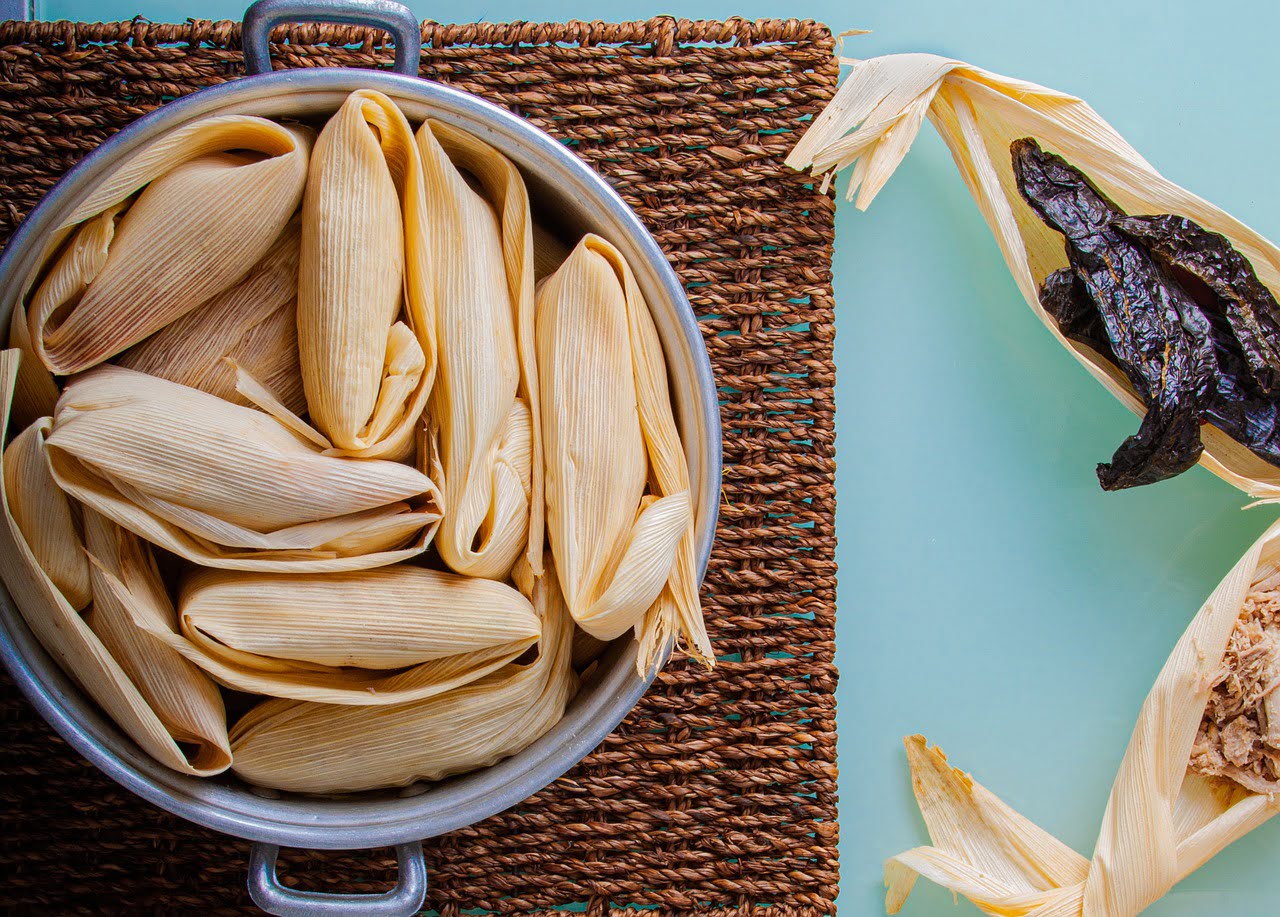
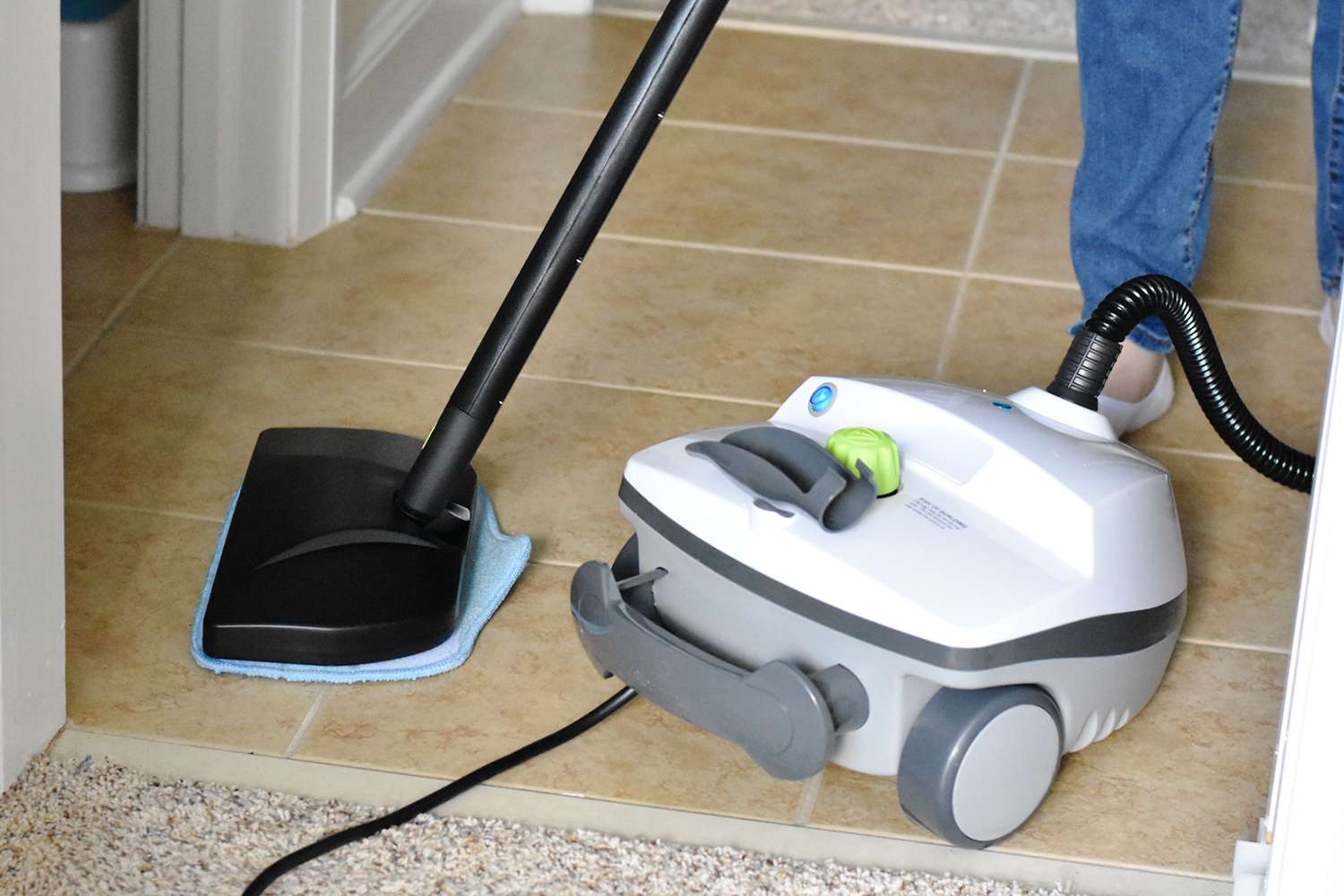
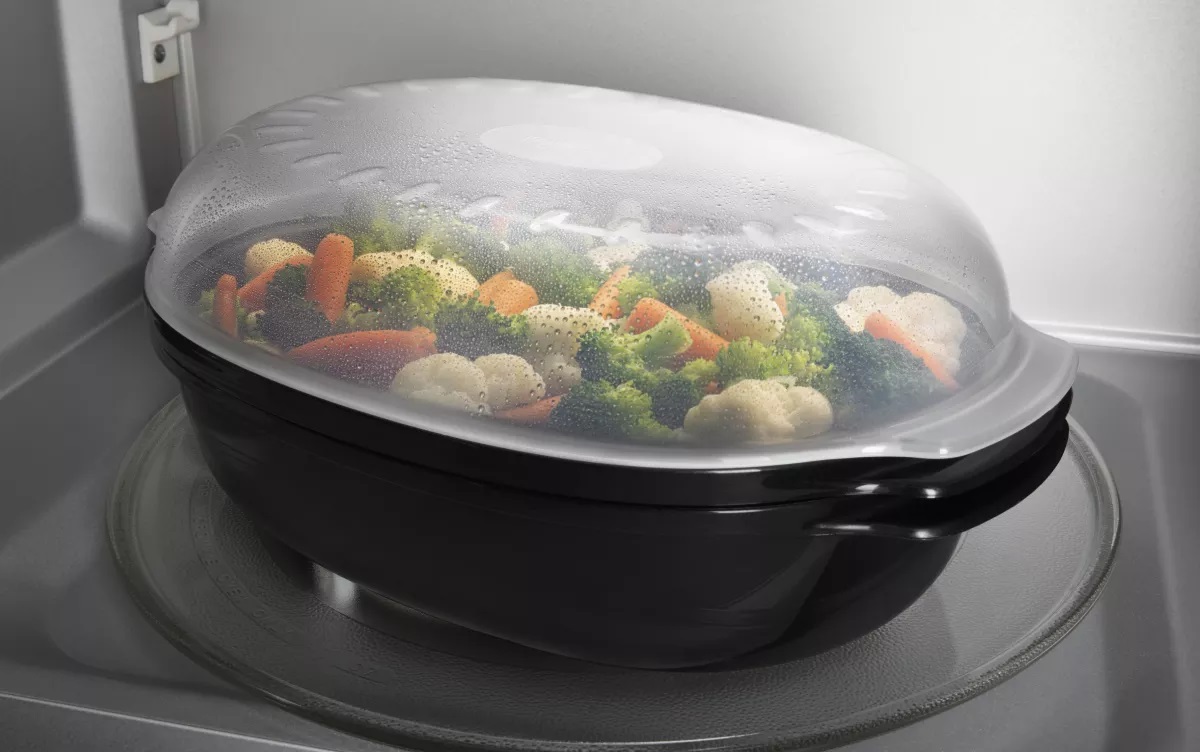


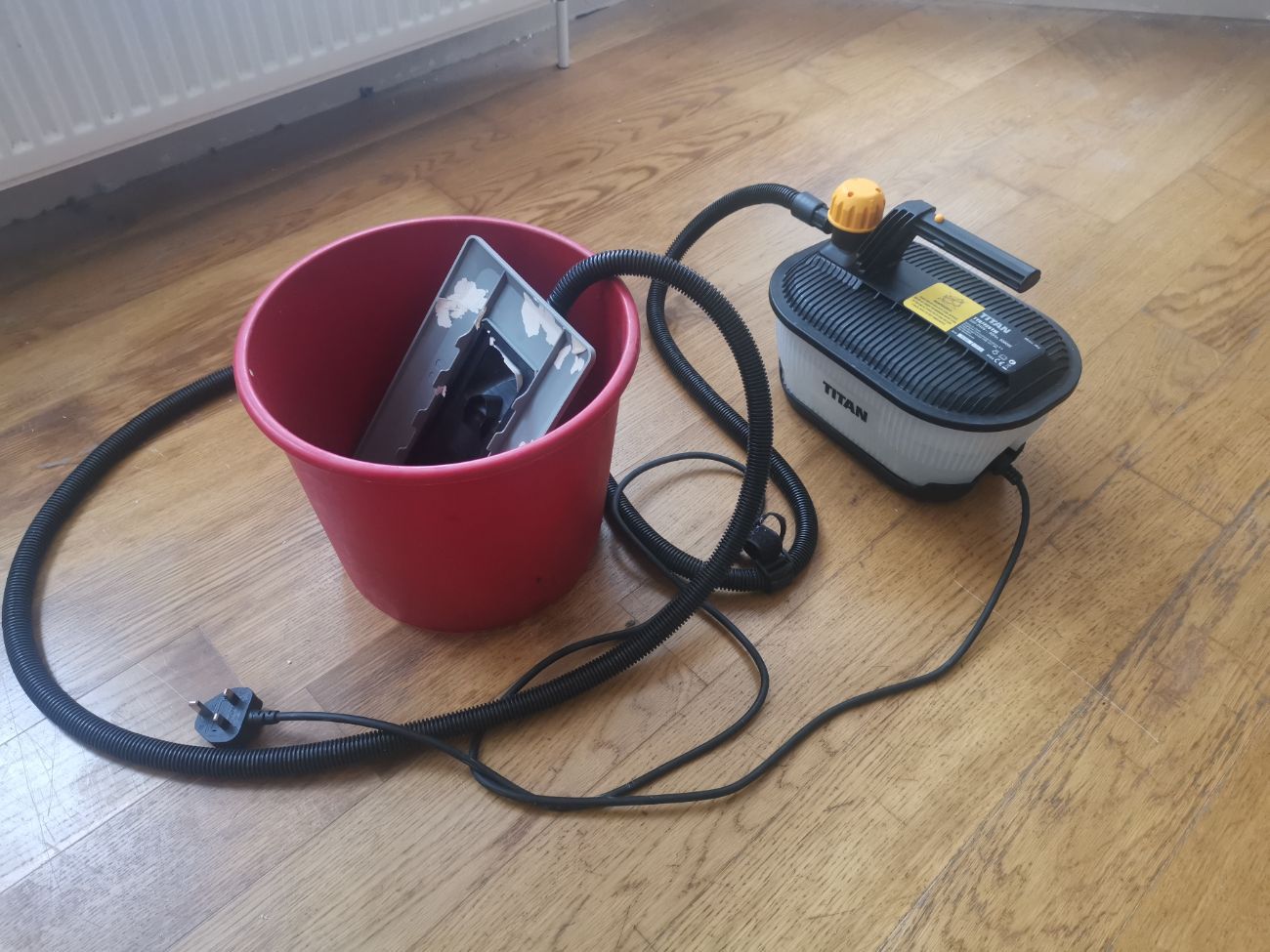
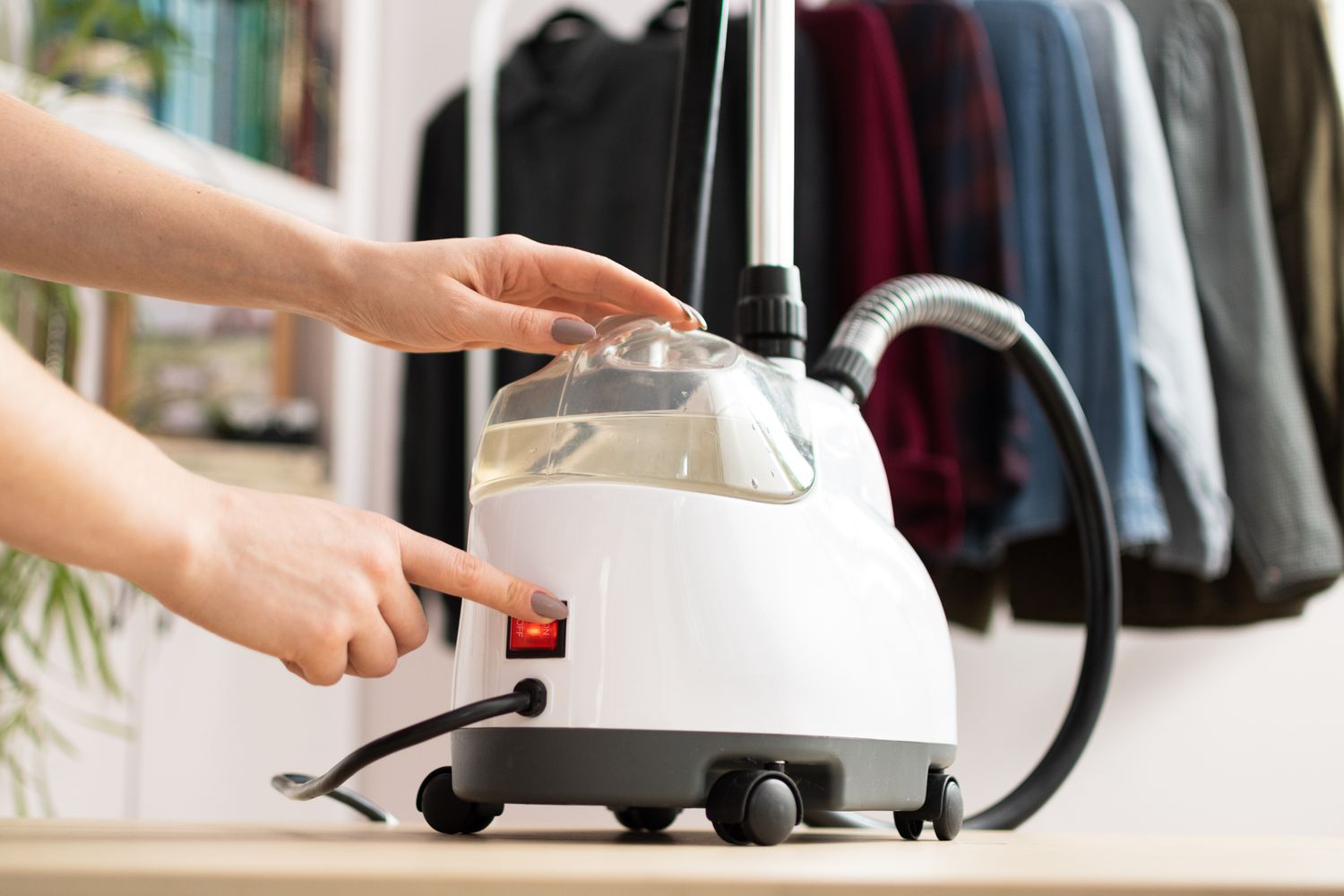

0 thoughts on “How To Use Microwave Steamer”